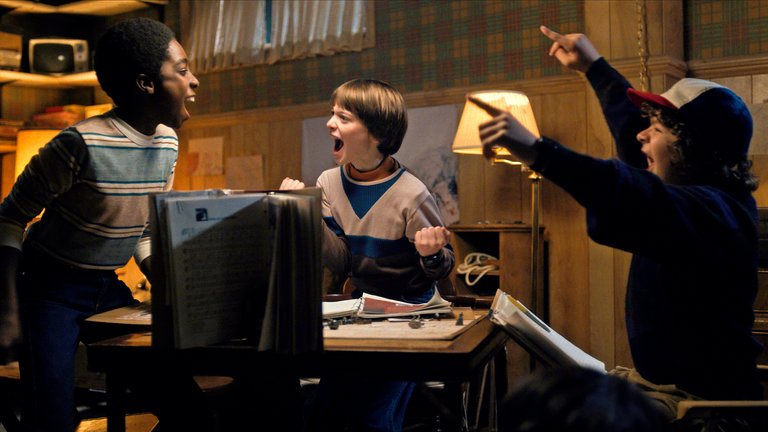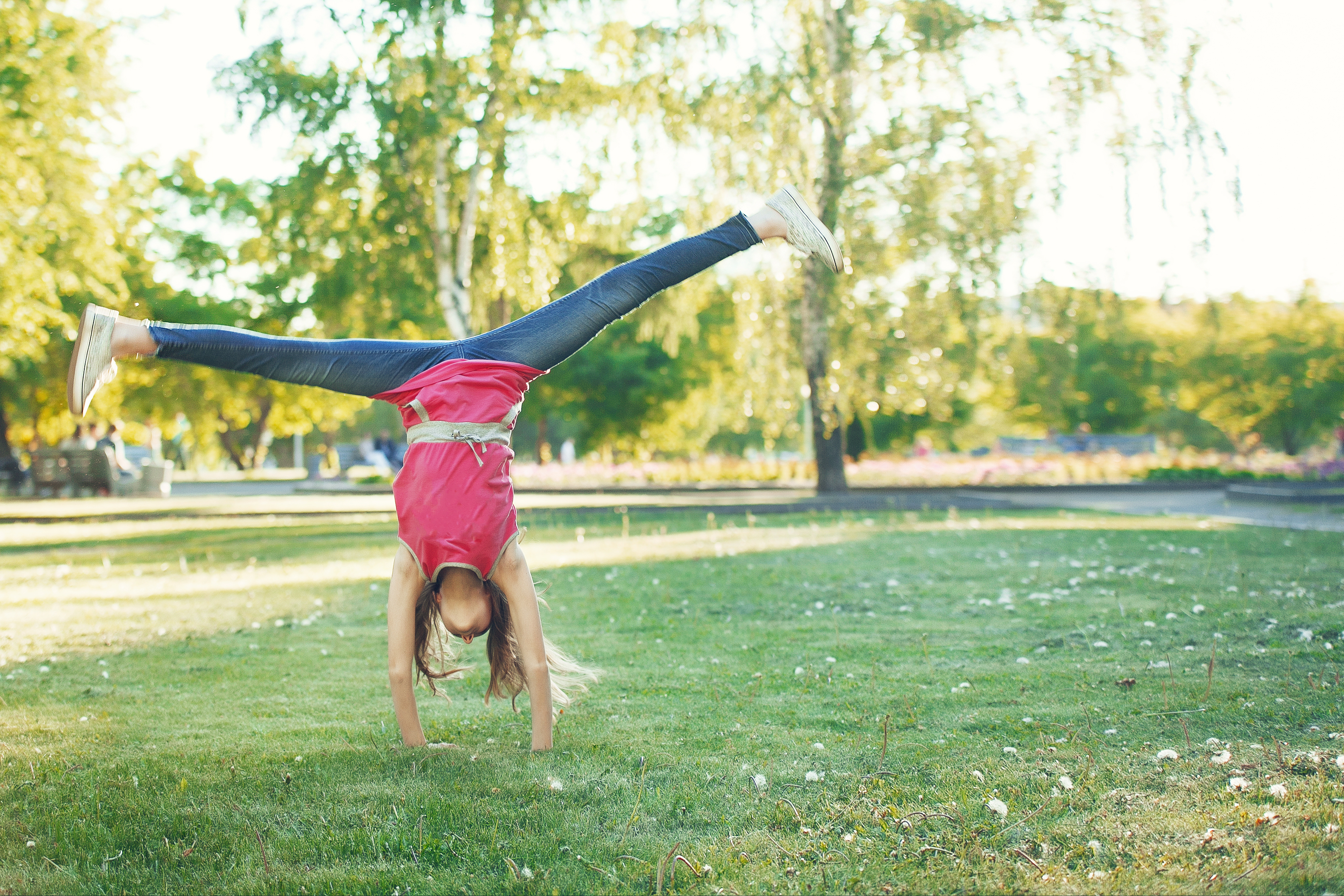Much has been written about the strength and impact of women’s voices in corporate America and the level to which they are acknowledged and perceived. What we say and how we say it are critical success factors and key skills to refine and perfect. I would even go as far to say that how we present our message is an art which needs to be thoughtfully approached and practiced for maximum effect.
As more women get promoted into leadership and executive positions, the next challenge and question is- how do we make certain that our input is heard? How do we connect and reach people to influence, motivate and inspire them?
Given my frame of reference and experience as a leader over the last 28 years, I’d like to share with you some thoughts, ideas and suggestions on how to ensure that your voice is heard and respected.
My background is deeply rooted in the area of communication both in the military and in leadership roles in a number of large corporations in the US. I served as a Signal Platoon leader during the first Gulf War and my main job was directing and projecting my voice to give orders and commands to a communications unit that deployed cellular networks on the battlefield. I also received extensive training on radio communications and protocols during hostile operations. This is where I learned the importance and value of being bold, being brief and being gone. The mantra that stuck with me was: “Be bold, be brief, be gone”. Make your point quickly and then be still. Speak, wait, listen and learn.
After my time in the Army, I worked in various fields including Sales, Consulting, Project Management and Agile leadership, all of which rely heavily on strong communication skills to be effective.
I have been an active member in Toastmasters International since 1994 and enjoy giving speeches and mentoring others to improve their confidence and communication effectiveness. Basically, I’ve been working on honing my ability to connect, articulate and transmit information, stories and messages to others since the mid 1980s.

As a long time Toastmaster, I’ve been told that I possess a “Confident Command” when I speak. It is from this perspective that I present to you some tips and techniques on the topic of Powerful Speaking.
1 – Project your voice
Before you utter your first word at the table, on the conference call or at the lectern, take a long, deep breath and get grounded in your thoughts and intention. Relax your neck and shoulder muscles ( I use a technique of firmly pressing the palms of my hands together for 8 seconds- usually done under the table where I am sitting prior to standing for my presentation).
Be mindful of your volume and pitch. Avoid a shrill sound which is often overly high and piercing in quality. Even tones and breathing are your friends. Practice your key foundational statements ( opening and closing) in advance so you can ensure that you project your message clearly and strongly.
2- Make your point quickly and succinctly
Back to the “Be Bold, Be Brief, Be Gone” mantra. Make sure that your main point is clearly stated up front and with power and conviction. Declare and proclaim the situation, facts and impact in a short 1-3 sentence statement of clarity and impact. Get their attention, connect and then elaborate on your point if necessary.
Providing brief stories and examples can help support your point and knowing your audience’s concern and frame of reference is key to ensuring that your message is heard, understood and hopefully appreciated.
Know your facts cold. This will help you deliver in a solid and unwavering manner.
Remember, Less is More.
3- Know your value and what you uniquely bring to the table.
Be prepared.
Be authentic.
Be steady.
Be assertive.
You’ve got this!
4- Having a Positive and Grounded Tone
It’s not only what you say but how you say it has never been more true.
As a woman friend and outstanding speaker from Laughing Matters Toastmasters club in Austin recently shared with me:
“Don’t be wimpy. Don’t be whiny. Don’t be pissy. Don’t go postal.
Rather, have a tone of confidence, composure, and quiet conviction.”
Another tip to have a good, solid tone is to tap into your Personal Power.
Here’s an energizing quote that I read on DailyOm.com two days ago.
“ Power is not about exerting our will over others, it is about being in complete truth with ourselves. When personal power is balanced, we are neither meek nor overbearing.”
When we have harness our Personal Power we:
- Have a clear sense of our strength and the impact we can have on others
- Are worthy and deserve to be heard
- Come from a place of humility and strength- not entitlement
When speaking from a position of balanced strength, our tone and non-verbal communications send the message that “ I have something important and valuable to contribute”.

The Goddess Pose
So take your seat at the table, speak up and let your voice and powerful message be heard!
I hope that this article was helpful and connected with you in some way.
Please send me your comments, questions and thoughts.
This is Brenda Smull signing off. Over and Out.






















 helped clarify my reality last month. The lack of distractions (no TV, no pictures, no knick knacks) enabled me to focus on what is important and clearly see the challenge (and the monster puzzle) at hand.
helped clarify my reality last month. The lack of distractions (no TV, no pictures, no knick knacks) enabled me to focus on what is important and clearly see the challenge (and the monster puzzle) at hand.








